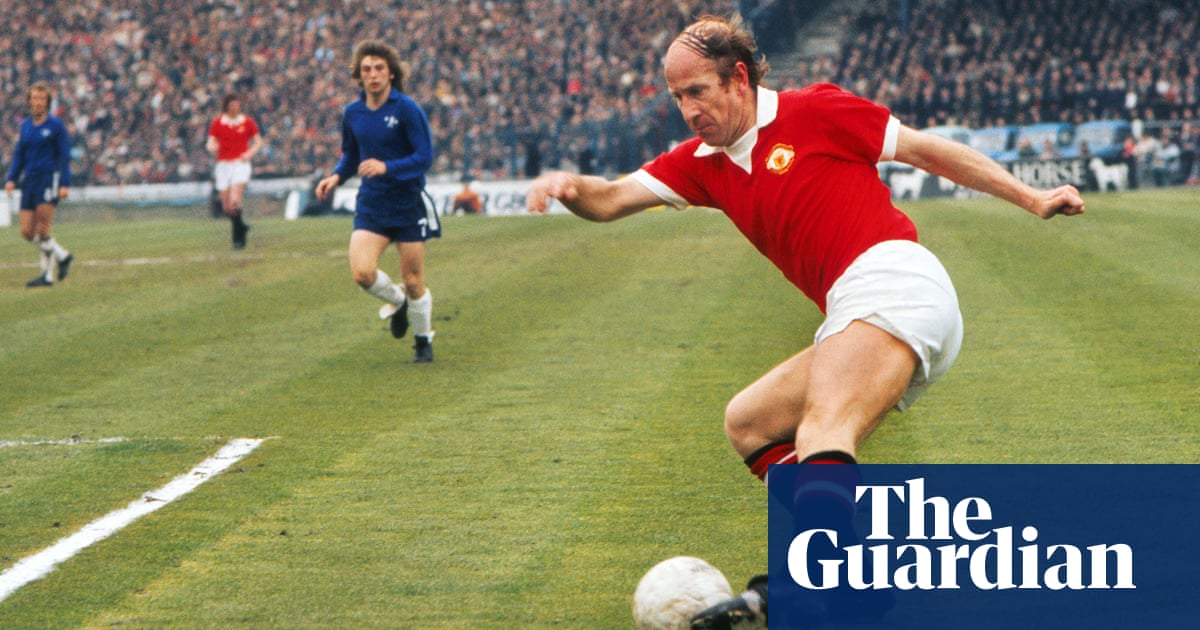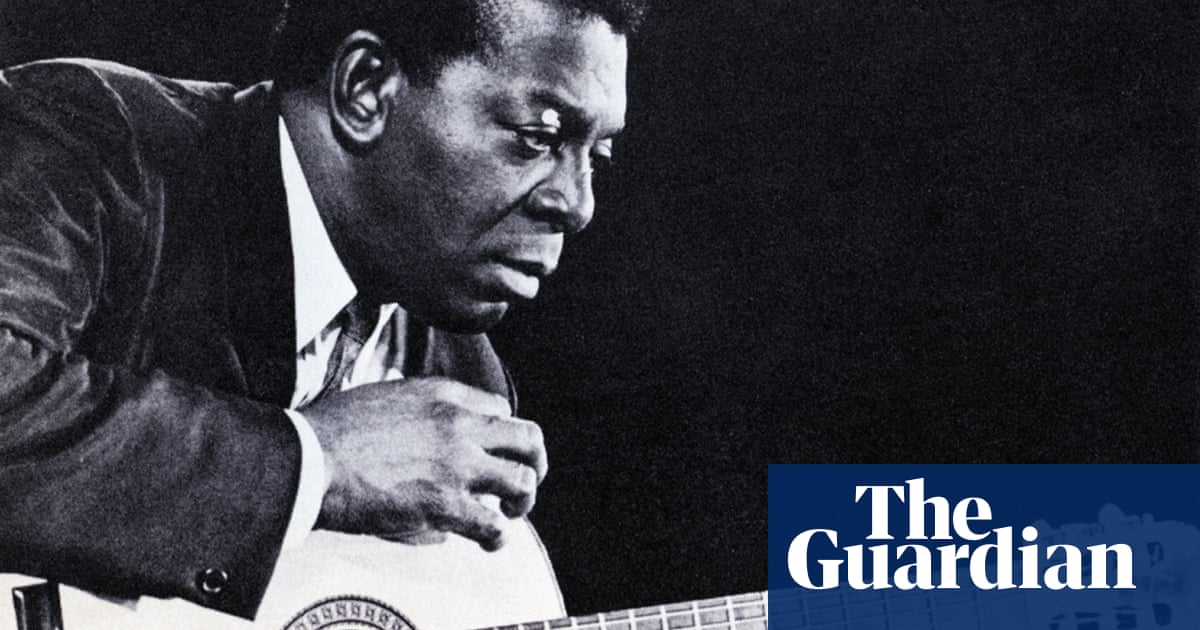
veryone knew that Charlie Watts’s heart was always in jazz. Even when he grew his hair long and put on hippie garb while the Rolling Stones were going through their Satanic Majesties period, underneath he was still the cool bebopper who could see through the nonsense that surrounded his group and the rampaging egos at its heart.
Wisely, he never let his true musical allegiance show in his playing with the Stones. When they recruited him from Alexis Korner’s Blues Incorporated in January 1963, not long after he’d been serving an apprenticeship with trad jazz bands, he listened to the records of Jimmy Reed, Howlin’ Wolf and Muddy Waters in order to absorb the way that master Chicago blues drummers such as Earl Phillips, Fred Below and Elgin Evans kept things simple, soon appreciating that simplicity is often the hardest thing of all to achieve.
His personal adaptation of their discreet approach, concentrating on a firm backbeat and avoiding any form of decoration, turned out to be perfect for the Stones as the volume rose and the venues grew in size, but it could hardly have been further from the styles of the great modern jazz drummers he had grown up worshipping. The likes of Max Roach, Art Blakey, Philly Joe Jones and Elvin Jones had freed the drum kit from its subordinate role, enabling them to become full participants in the music, adding a running commentary to the improvisations of horn players such as Miles Davis and John Coltrane, sometimes even as an equal partner.
Growing up in a postwar prefab in Wembley, Watts had saved money to buy 78s by Jelly Roll Morton and Johnny Dodds, Charlie Parker and Dizzy Gillespie. When he was given his own first full kit, after getting a start by dismantling a banjo to use the body and the vellum as a makeshift drum, he painted the name “Chico” on the front head of what was known in those days as the bass drum. This was a homage to Chico Hamilton, a Los Angeles drummer who had played in a famous quartet with Gerry Mulligan and Chet Baker in the early 1950s before launching his own adventurous quintet, which enjoyed a vogue at the end of that decade and appeared on screen in the 1957 movie Sweet Smell of Success.
Advertisement
Never ashamed of his tendency towards hero-worship, Watts showed his colours in his first act of independent creativity. Ode to a Highflying Bird, published in 1964, when the Stones were hitting No 1 in the UK charts with It’s All Over Now and Little Red Rooster, was a slender volume of words and cartoons in which he used his skills as a trained graphic artist to illustrate the story of Parker (whom he later covered with his quintet), charmingly rendered as a kind of children’s fable.
His soulmate in the earliest incarnation of the Stones had been Ian Stewart, a piano player who loved boogie-woogie and other forms of jazz but who was soon eased out of the performing lineup on account of his looks and persuaded to take over the job of road manager instead. In the late 70s Watts moonlighted with Stewart in Rocket 88, a boogie and jump-blues band whose shifting lineup included guests such as Chris Farlowe, Zoot Money and Jack Bruce.
Always finding jazz clubs more congenial than the stadiums the Stones were now playing, in 1985 he filled the stage at Ronnie Scott’s with a 32-piece big band drawn from the cream of London’s jazz musicians. An extraordinarily eclectic lineup ranged from bop-era veterans to Courtney Pine, an unknown 21-year-old at the start of his career, who sat alongside his fellow tenor saxophonists Danny Moss, Bobby Wellins, Don Weller and Alan Skidmore. Jack Bruce played cello – his first instrument – and Stan Tracey was on piano. Watts sat happily at his kit between two other drummers, the older Bill Eyden and the younger John Stevens, as they played arrangements of classics such as Lester Leaps In, Stompin’ at the Savoy and Prelude to a Kiss. Mick Jagger and Keith Richards were in the house to cheer what Watts called the fulfilment of a childhood dream.
Charlie Watts: the calm, brilliant eye of the Rolling Stones’ rock’n’roll storm
Alexis Petridis
Alexis Petridis
Read more
He was able to subsidise the project, which toured the US the following year, from his earnings as a Stone. In later years he took advantage of the band’s substantial downtime to return to Ronnie Scott’s and other venues with groups of more modest size and to record in 1996 a beautiful album of standards, Long Ago and Far Away, played by his quintet, a small orchestra and the singer Bernard Fowler. These warm, relaxed versions of songs such as Stairway to the Stars and In a Sentimental Mood, with Watts’s presence registered only by the gentle background rustle of wire brushes, were about as far from Sympathy for the Devil and Street Fighting Man as it is possible for music to get, but they were clearly heartfelt.
He was never patronising about the music he played with his fellow Stones but his long and loyal friendships with other jazz musicians, such as the saxophonist Peter King and the bassist Dave Green, whom he had known since childhood, were of great importance to him. Another close friend was the American drummer Jim Keltner, with whom he recorded a percussion-based album in 2000, again between Stones tours. Each of the record’s nine tracks took its title from the names of the drummers he idolised: Roach, Blakey, Kenny Clarke, Roy Haynes and so on. Yet again he was paying unforced and deeply felt tribute to the musicians who had enriched his life, as he, in a different register, enriched the lives of others.












